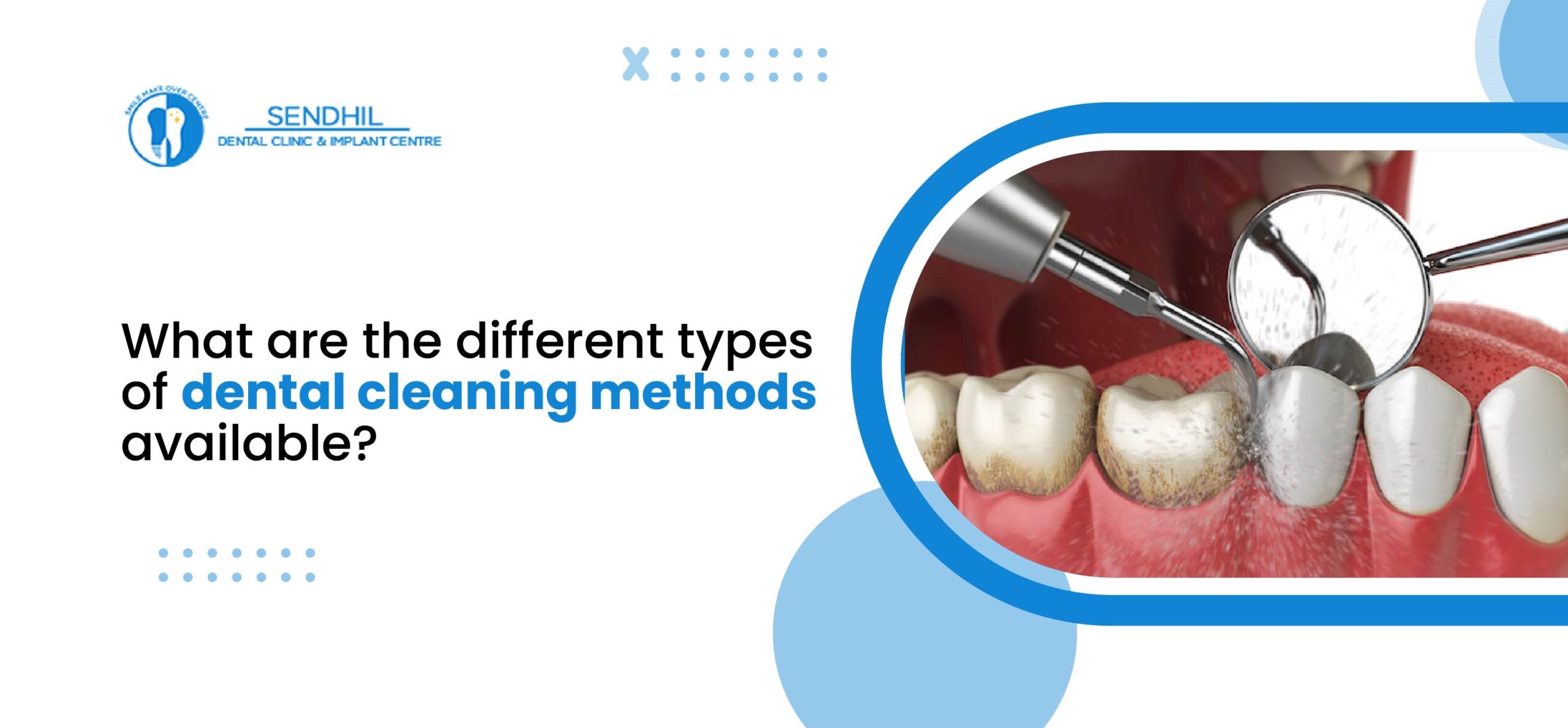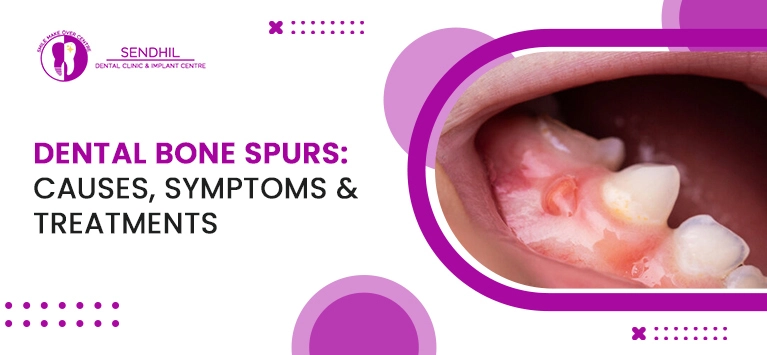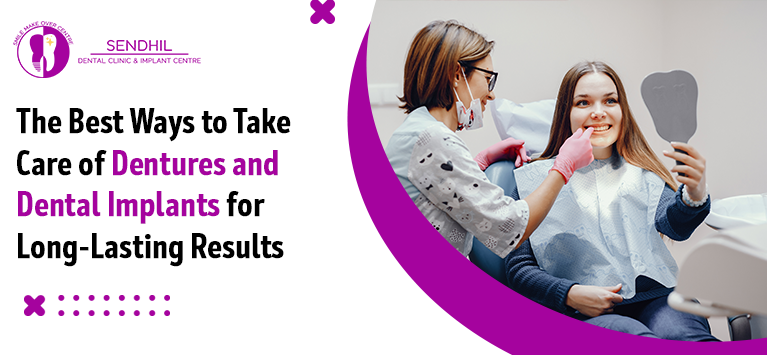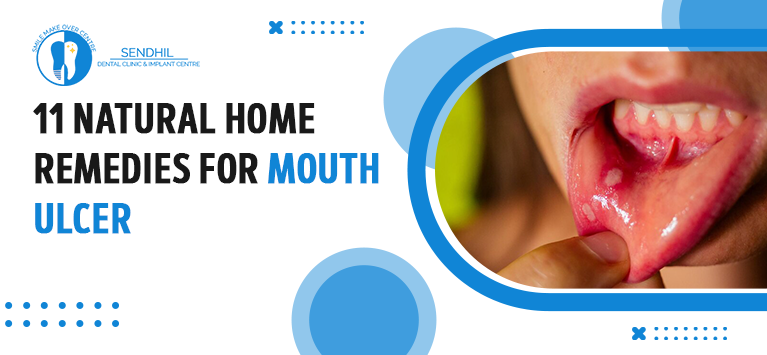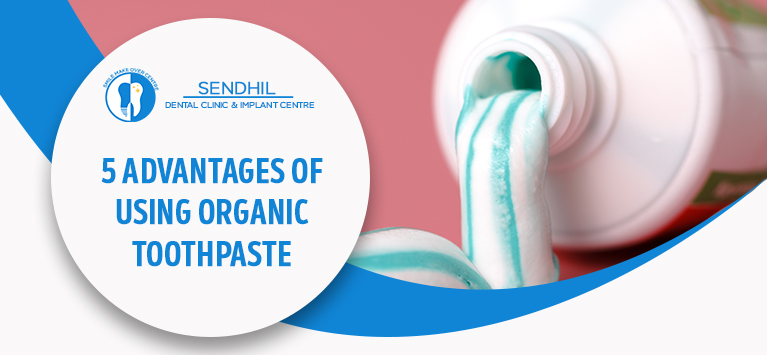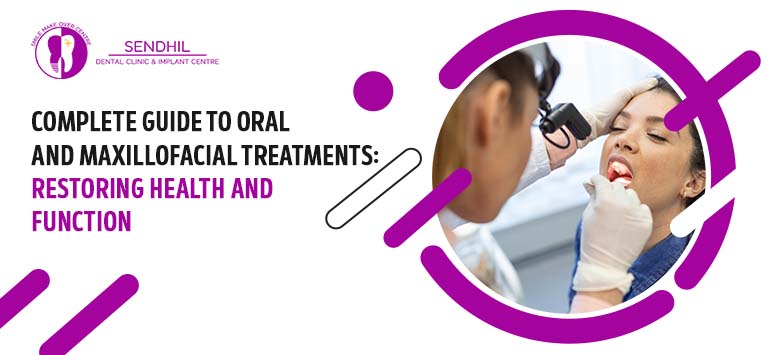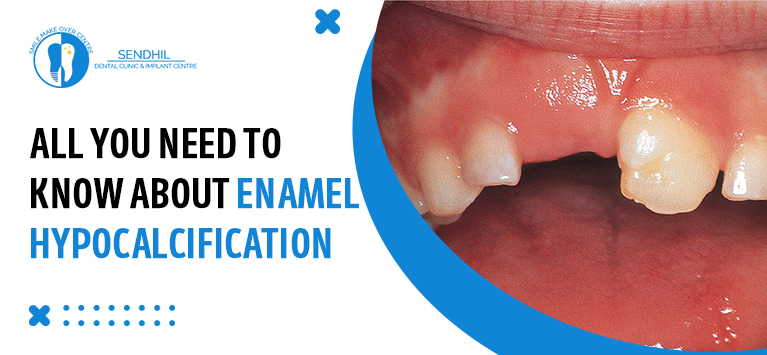
All you need to know about enamel hypocalcification
Enamel is the hard protective envelope offering substantial protection against physical and chemical harm to our teeth. Hence it is considered as a tooth’s wear-resistant outer layer. Likewise, this tough shell takes care of shielding the underlying tissues of a tooth. Despite being sturdier than our bones, the enamel is also susceptible to various complications due to which pits, discolored spots on teeth appear.
Hypocalcification is one of such tooth enamel problems. Dr. Sendhilnathan has disclosed a lot of info regarding it here. Keep reading this blog article.
Table of Contents
What is Hypocalcification of enamel?
Tooth enamel is composed of mineral compounds like calcium phosphate and hydroxyapatite. As these minerals contain calcium that makes up, strengthens, and repairs enamel, an inadequate amount of these substances in some areas of a tooth makes the enamel thinner and discolored in those regions.
This condition is called enamel hypocalcification. The defected teeth are also known as Turner’s Teeth.
Such hypomineralized structures of enamel exhibit chalky spots on the teeth. It is widely seen in permanent teeth.
What is the difference between Hypocalcification and Hypoplasia?
Hypoplasia is another tooth enamel problem that is also identified by thin, stained, or white-colored spots on teeth. As its symptoms are identical to hypocalcified teeth, hypoplasia and hypocalcification are often confused as being the same problem.
Hypoplasia occurs due to the incorrect formation of enamel whereas hypocalcification is instigated by a lack of calcium in the enamel.
As the enamel in hypoplastic teeth is not developed properly, those hypoplastic teeth have a reduced quantity of enamel while hypocalcified teeth have normal amount of enamel but are undercalcified (or hypomineralized) in some areas.
What causes enamel hypocalcification?
Dental hypocalcification happens as a consequence of 2 conditions.
- Amelogenesis Imperfecta – This is an inherited dental condition that affects the development of enamel in baby teeth and adult teeth. Ameloblasts are the cells accountable for secreting enamel proteins in the teeth development stage. These proteins are mineralized to form enamel. Amelogenesis Imperfecta causes ameloblast insufficiency due to which the enamel development process is hampered and ends in developing soft, thin enamel.
- Acidic Conditions – The acids formed inside our mouth by foods, and drinks we consume are powerful to break the enamel’s calcium down. In such cases, the enamel structure begins to change so that enamel thinning, discolored spots begin to appear. If it is not treated timely, the affected teeth will become more thin and susceptible to cavities.
How is a hypocalcified tooth treated?
When you notice one or several of your teeth become more opaque, show coronal discoloration, pits, and irregularities, visit your dentist immediately. Repairing and preserving a tooth that lost calcium is possible only with such early dental interventions.
The treatment options will vary depending on the severity and underlying cause.
For mild cases, the lost calcium can be replenished with an effective oral hygiene regimen. Your dentist would recommend specially formulated toothpaste to address hypocalcification. Similarly, the discolored spots are fixed using dental bleaching procedures.
Likewise, you should limit consuming sugary and acidic foods hence that the frequent exposure of teeth to acidulous compounds is reduced.
If a person got hypocalcified teeth due to amelogenesis, it cannot be fully cured because it is a genetic condition. Hence dentists go for restorative appliances like dental caps to cover defective teeth. Besides revamping the teeth appearance, the restoratives protect the inner teeth as well.
Are you looking for pertinent solutions to correct your tooth’s opaque appearance or get rid of dark spots on your teeth? Consult your dentist first to detect whether it is hypoplasia or hypocalcification. Your dentist will recommend the best course of action in accordance with the condition.



